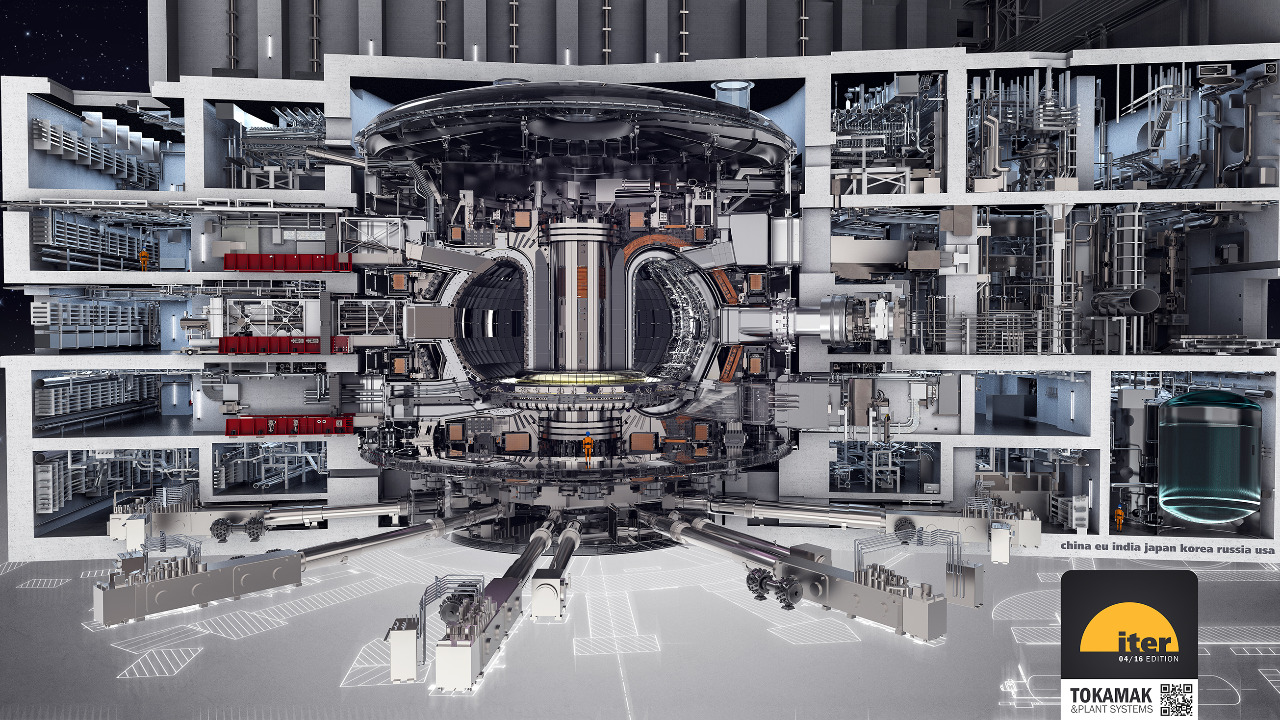
Fusion energy, long considered the holy grail of clean energy solutions, is closer to reality than ever before. With recent technological advancements and a global push for sustainable energy sources, the dream of harnessing the power of the sun on Earth is within reach. Here are ten compelling reasons why fusion reactors might soon become a part of our energy landscape.
Breakthroughs in Magnetic Confinement
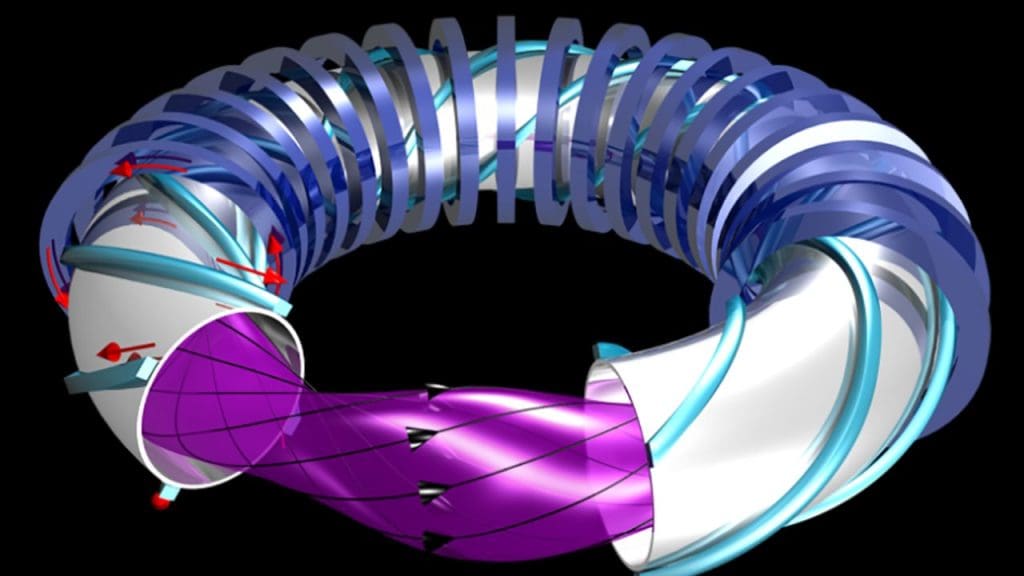
The development of powerful magnetic confinement devices, like tokamaks and stellarators, has made significant progress. Facilities such as the ITER project in France are leading the charge by using powerful magnets to contain the extremely hot plasma necessary for fusion reactions. These advances have brought us closer to achieving the stable conditions required for sustained fusion reactions.
In addition to ITER, other projects like the UK’s MAST Upgrade and Germany’s Wendelstein 7-X are fine-tuning magnetic confinement techniques. These facilities are enhancing our understanding of plasma behavior, paving the way for more efficient and reliable fusion reactors.
Advances in Laser Technology

Laser technology has witnessed remarkable advancements, particularly in the form of inertial confinement fusion (ICF). Facilities like the National Ignition Facility (NIF) in California are using powerful lasers to compress and heat hydrogen isotopes, bringing them to fusion conditions. This approach has shown promising results, inching us closer to ignition—the point at which the fusion reaction becomes self-sustaining.
These laser technologies are not only improving in power but also in precision. As we refine the techniques used in ICF, the possibility of achieving viable fusion energy through laser approaches becomes more feasible.
Increased Global Collaboration
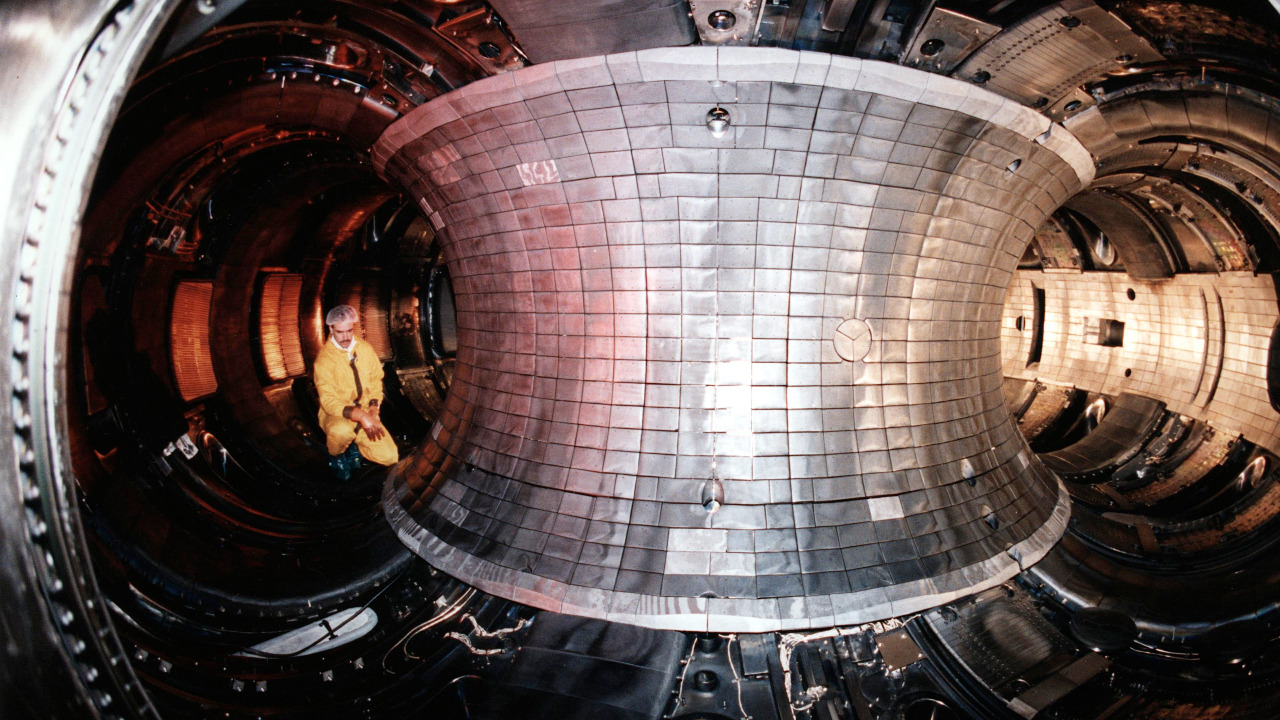
Fusion research has become a truly global endeavor, with countries from around the world pooling resources and knowledge. Projects like ITER are supported by a consortium of nations, each contributing expertise and funding to accelerate the timeline for operational fusion reactors. This international collaboration is crucial for overcoming the scientific and engineering challenges that fusion presents.
Moreover, organizations like the International Energy Forum are facilitating dialogue between nations to ensure that fusion energy development remains a priority. These collaborative efforts are vital for sharing breakthroughs and avoiding duplication of efforts, ultimately speeding up the progress toward operational fusion power plants.
Significant Private Sector Investment
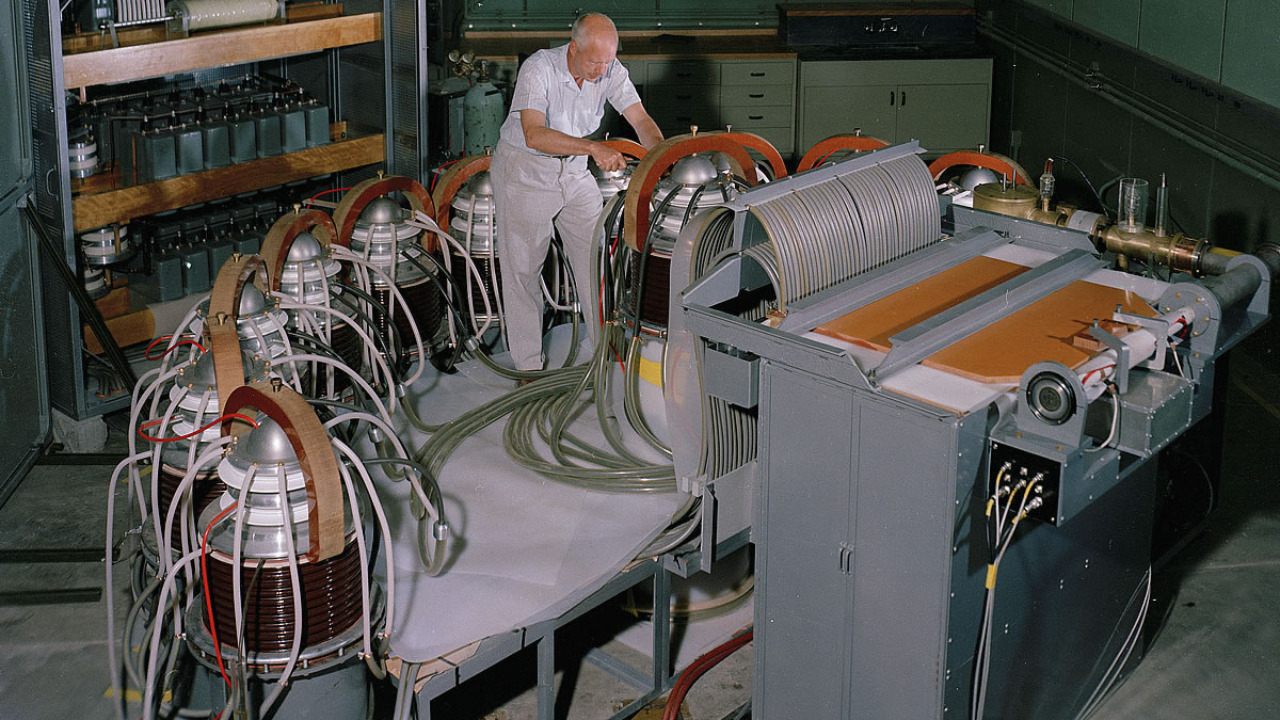
The private sector has recognized the potential of fusion energy and is investing heavily in its development. Companies like Helion Energy, TAE Technologies, and Commonwealth Fusion Systems are attracting substantial funding to develop innovative fusion technologies. These companies are exploring various approaches, from magnetic confinement to novel plasma heating techniques, each with the potential to make fusion a commercial reality.
Private sector involvement is injecting new energy and resources into fusion research, driving innovation and potentially accelerating the timeline for bringing fusion reactors online. The competition and collaboration between public and private entities could be the catalyst needed to make fusion energy a practical power source.
Improved Computational Models
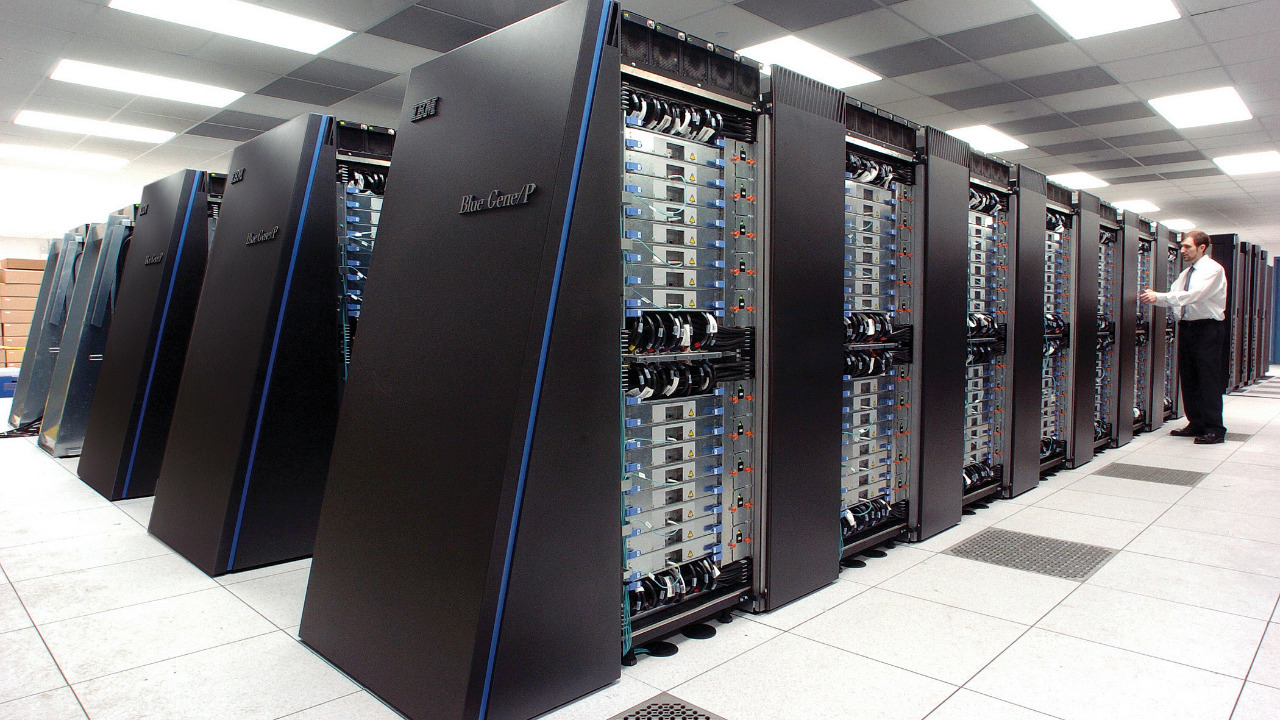
Advancements in computational power and modeling have revolutionized our ability to simulate and understand fusion processes. Enhanced algorithms and high-performance computing are enabling researchers to predict plasma behavior with greater accuracy, allowing for more effective design and operation of fusion reactors. These models are crucial for optimizing reactor components and improving overall efficiency.
By leveraging state-of-the-art computational techniques, scientists can now test theories and configurations virtually, reducing the need for costly and time-consuming physical experiments. This progress is instrumental in refining fusion technology and making it viable for commercial power generation.
Development of Advanced Materials
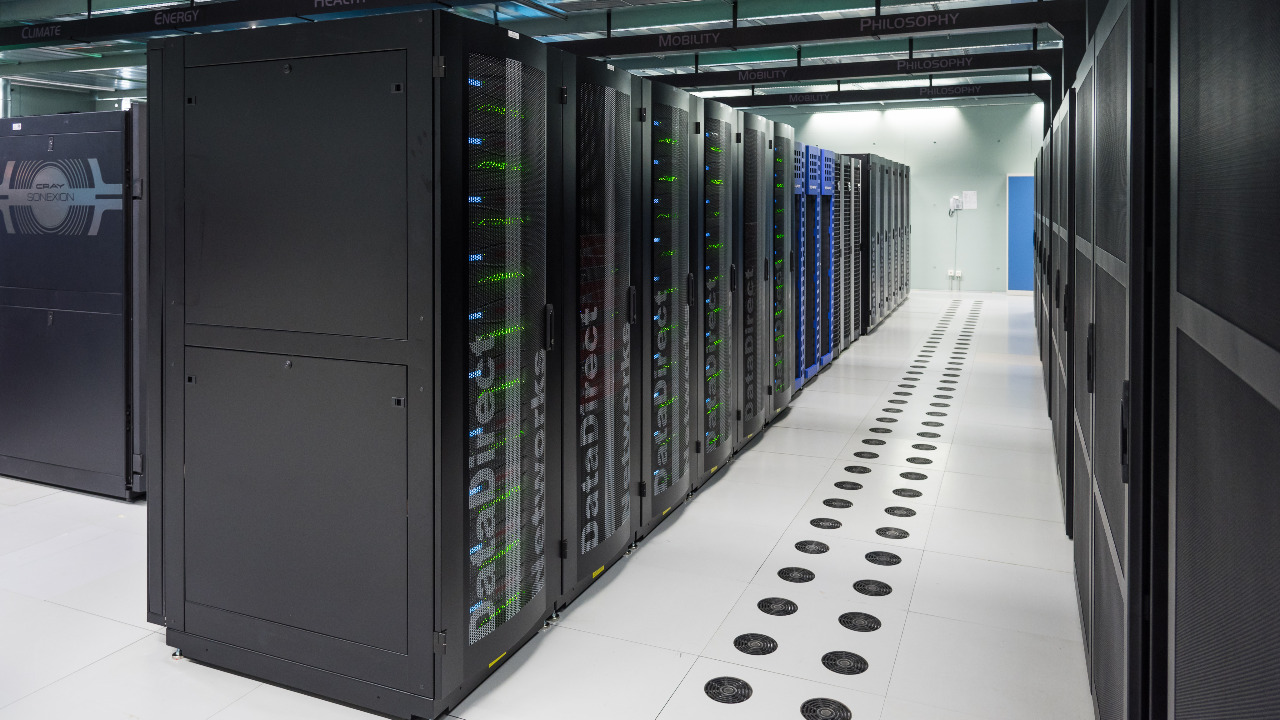
The extreme conditions within a fusion reactor require materials that can withstand high temperatures and intense radiation. Researchers are developing advanced materials, such as tungsten and silicon carbide composites, that can endure these harsh environments. These materials are crucial for constructing durable reactor components that ensure safety and efficiency.
Innovations in material science are not just limited to the reactor’s core; they also extend to superconducting magnets and other critical components. As these materials continue to improve, the feasibility of maintaining long-term fusion reactions becomes increasingly plausible.
Successful Experimental Results
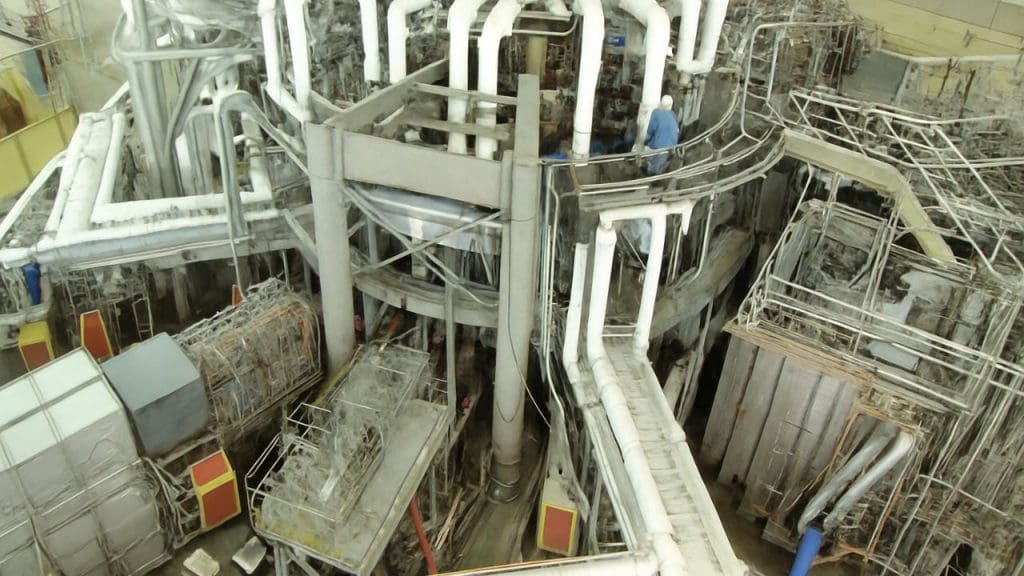
Recent experimental results have demonstrated the potential of fusion energy. For example, experiments at JET in the UK have achieved record-breaking levels of fusion energy output. These successes provide valuable data that can be used to optimize future reactor designs and increase confidence in fusion as a viable energy source.
As researchers continue to achieve and surpass fusion milestones, the path to operational reactors becomes clearer. These experimental breakthroughs not only validate theoretical models but also inspire further investment and interest in the field.
Streamlined Regulatory Approvals

Governments around the world are recognizing the potential of fusion energy and are working to streamline the regulatory processes required for its development. By creating clear guidelines and reducing bureaucratic hurdles, authorities are enabling faster research and development of fusion technologies.
These efforts are crucial for encouraging both public and private investment in fusion energy. As regulatory environments become more conducive to innovation, the pace of fusion research is likely to accelerate, bringing us closer to operational reactors.
Growing Environmental Urgency

The urgency to address climate change has placed clean energy solutions like fusion at the forefront of global priorities. As the world seeks to reduce carbon emissions and transition away from fossil fuels, fusion offers a virtually limitless and environmentally friendly energy source that could play a pivotal role in a sustainable future.
With increasing environmental pressures, governments and industries are prioritizing fusion energy as a long-term solution. This focus on sustainability is driving research and investment, hastening the development of fusion reactors.
Political and Public Support
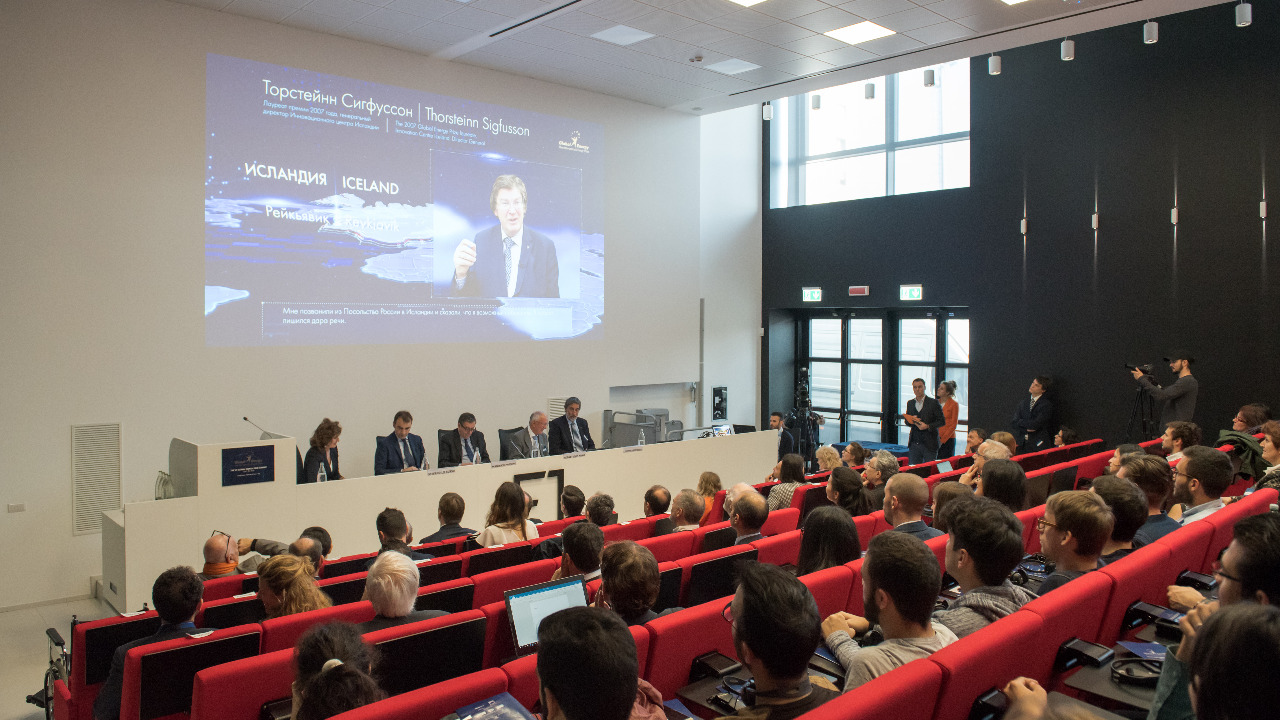
Political and public support for fusion energy is growing as awareness of its potential benefits spreads. With leaders advocating for energy independence and sustainability, fusion energy is becoming a key part of national and international energy strategies. This political backing is essential for securing funding and resources necessary for fusion research.
Public interest in fusion is also on the rise, as people recognize its potential to provide a clean and abundant energy source. This support is crucial for maintaining momentum and ensuring that fusion energy remains a priority in energy policy discussions. For more on this topic, explore how AI is influencing nuclear advancements.